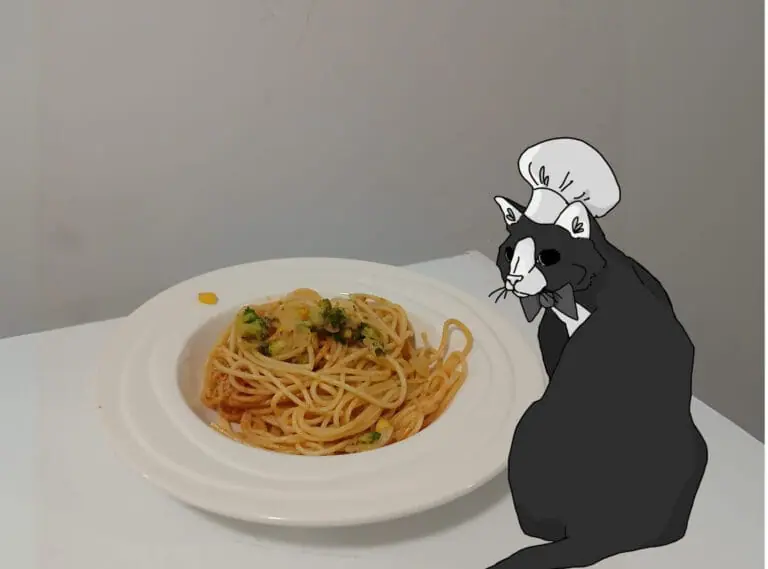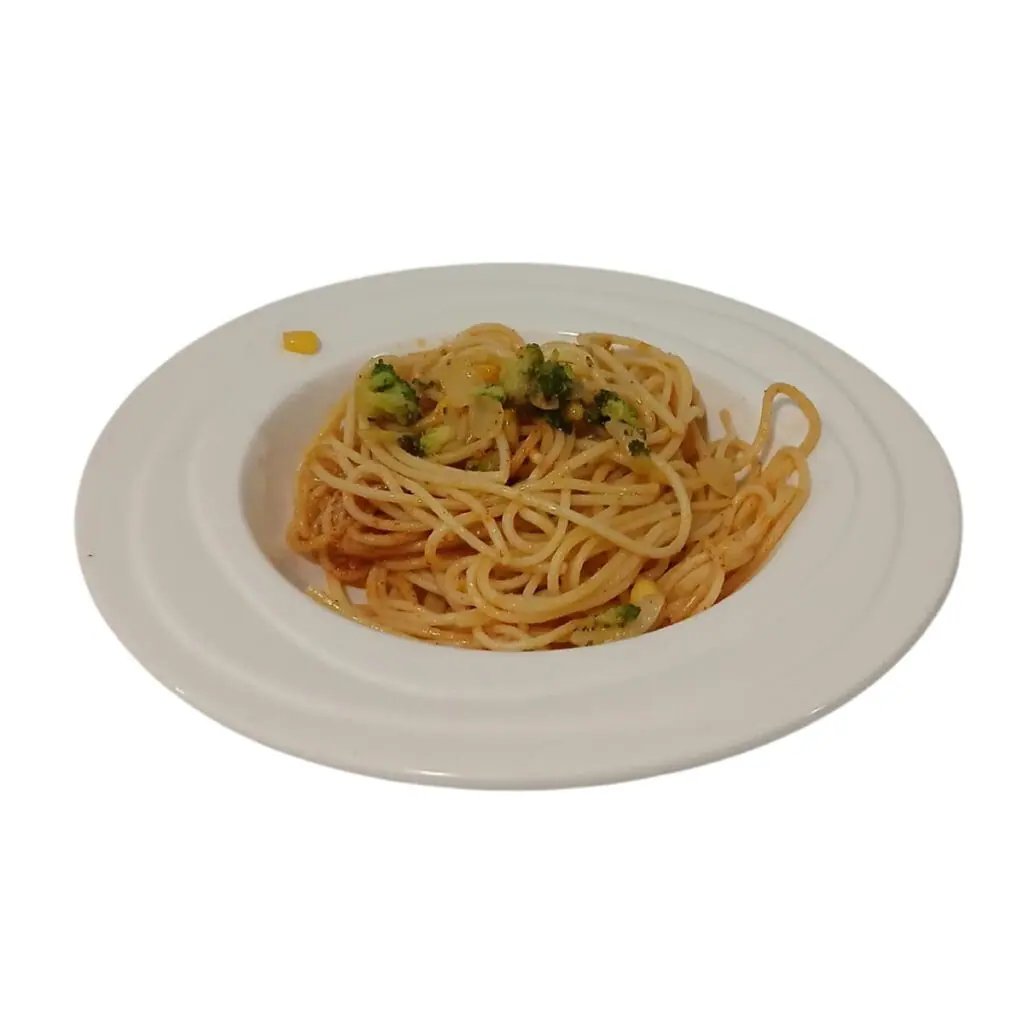A new society at Dalhousie University, aimed at helping girls on campus make strong and long lasting friendships, is taking off this semester.
Dal Gal Pals was unveiled on Instagram over the winter break by Nooha Mulla, a third-year biology student, who noticed how hard it was for girls living off-campus to make new friends.
“This club is something I’ve always thought of and wished there was something like on campus because I feel like it’s hard to meet girls who are just there to make friends,” said Mulla.
Although the society is newly announced and still awaiting ratification from the Dal Student Union, Mulla has already received over 20 applications for the society’s executive team, as well as general interest from students looking to attend the club’s events.
Mulla is hopeful the high level of interest will cultivate an executive team that includes a wide range of perspectives and ideas for future events and initiatives.
“I want to open [exec] up to anyone,” she said. “I want everyone to have a chance to give their input about what they want in this club.”
Mulla’s experience at Dal
The idea for the society stemmed from Mulla’s experience transferring to Dal from Queen’s University in her second year, where she found it hard to integrate into the Dal community.
“I missed that first year [experience] of making friends in residence,” she said. “Everyone’s trying to get to know each other in first year, but since I came in second year, it was hard to join already pretty solidified friend groups, especially because I wasn’t living in [residence].”
Entering the Dal community later into her degree, Mulla knew she would have to be outgoing in order to make friends, but found that existing clubs and societies weren’t as helpful with meeting people as they were made out to be.
“Everyone says when you go into university, if you want to make friends, to join clubs and get involved,” she said. “I feel as though people try to do that but find it really hard because a lot of the other people come [to societies] as groups.”
To counteract this, Mulla wants Dal Gal Pals to be inviting to individuals or smaller groups, who want to meet new, like-minded students.
“The purpose of this club is to create unity, a bond, and a very strong community,” she said. “It’s not really a sorority but it’s similar in the way that you have a bunch of girls in a space to join together and share what it means to be a girl.”
Mulla has also found the distinction between class friends and real friends makes it harder to create a strong support circle, a boundary she hopes this club will break down.
“I’ve been really outgoing, going to class and making class friends but it’s hard to break out of that boundary of being a class friend and not a real life friend,” she said. “Having the opportunity to make friends that will do things outside of class with you makes a difference because Halifax has so much to see and do, especially when the weather gets warmer.”
Starting from the ground up
Navigating around a difficult first semester course load, Mulla had to balance her schedule between her school work and extra-curricular initiatives when planning the start of Dal Gal Pals.
“I knew that I wanted to put my everything into this club because this is my baby now,” she said. “I want this to be as successful and impactful as it can be, so … I knew I didn’t want to start it first semester.”
Mulla is confident in the success of her club and considers herself lucky to have a lot of experienced individuals on her side to help.
As an executive member of the Dal South Asian Society, Dal Inspiring Scientists Society and Dal Dental Brigades, the biology major and hopeful future dentistry student knows what it takes to make a society successful.
“I’ve learned a lot about what goes into planning an event,” said Mulla, an event planner for two of the societies she’s a part of. “It’s a lot [of work], which is why on our team we’re going to have five event planners.”
While the club has a long way to go, Mulla is driven to have Dal Gal Pals make a positive impact on students.
“If one girl can make a new friend and have that friend be a really good friend, that’s my goal,” she said. “Just having this club make that much of a difference, that would be amazing and achieve the whole purpose of me doing this.”











